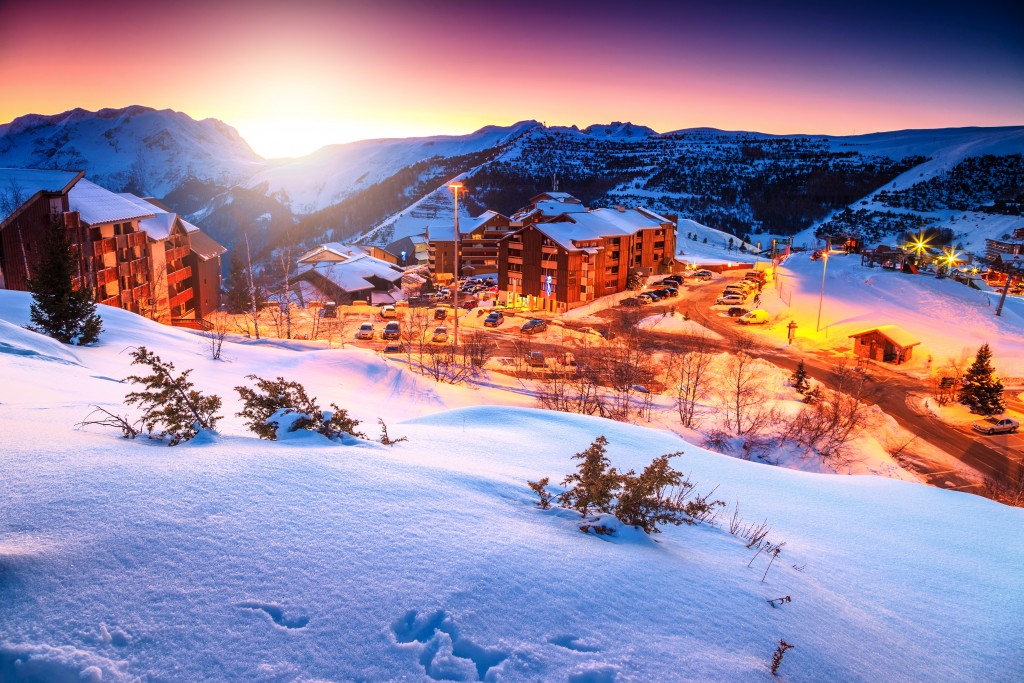Most homes have some type of outdoor lighting, usually in the form of security lights or porch lights. Some even put up outdoor lights for décor, such as smart lights, especially during the Christmas season.
Like anything that runs on electricity, there are specific safety rules you must follow if you want to have your own outdoor lighting installed. While they’re there to add security or beauty to your home, you also want to make sure that your house, your family, your pets, and anyone visiting your home is not put at risk because your outdoor lights suddenly malfunctioned.
Keep that from happening by following the outdoor lighting safety measures below.
1. Pick lighting that’s suitable for outdoor use
The light bulbs you use inside your home are not likely to be appropriate for outdoor use. Lights placed outdoors are exposed to the heat, cold, and rain, so they must have special casing and protection. Before picking a lighting system for your outdoor space, make sure you choose one that’s suited for the outdoors. Usually, you will find a UL label that tells you the outdoor light set you intend to use can withstand the elements.
2. Use appropriate cables and extensions
Apart from the strings of lights, the wires and extensions you use to power up your outdoor lights are also essential in ensuring safety. Extension cords used indoors are light and flexible, but they are not meant to get wet. In the same way that you check your lights, make sure the cables you use are of high quality and made for outdoor use.
3. Fasten your outdoor lighting properly
If you’re installing outdoor lighting by yourself, make sure you fasten the lights properly to the wall or stable structure. Doing so prevents the lights from swaying too much from the wind and lowers the risk of breakage. Some types of outdoor lighting have mounting brackets that keep them in place, while others need to be affixed, such as string lights.
In fastening, avoid using staple wire or nails since these can pierce the cables’ insulation. Instead, use mounting clips or hooks to keep the wires in place.
4. Use a GFCI outlet

A Ground Fault Circuit Interrupting (GFCI) outlet is one of the most crucial electrical safety tools developed recently. If the electrical current in your outdoor lights becomes unbalanced, it can be an electrical shock hazard. The GFCI breaks the electrical circuit before this happens, so outdoor light installations must be fed from GFCI outlets.
5. Watch out for flammable materials
If you’re using LED lights outdoors, they are not likely to overheat and set something ablaze. But whether you’re using LED or other alternatives, such as fluorescent or incandescent lights, it’s still better to be safe than sorry. Make sure your outdoor lights aren’t leaning or brushing against easily flammable materials.
In the same way that you avoid putting a candle near a curtain, avoid positioning outdoor lights against or near dry trees or wood. For example, you have a tiki hut in your backyard that uses dry palms for roofing. Placing your lights too close to the roof may cause the heat from the bulbs to ignite the palms.
When it comes to outdoor lighting, it’s essential to consider not just their beauty and functionality, but their safety as well. By following these tips, you can make sure that your beautiful outdoor lighting will not be a safety hazard.

